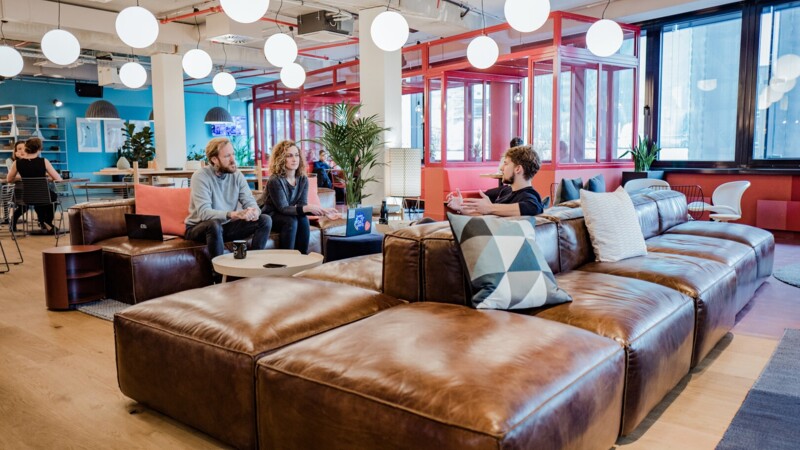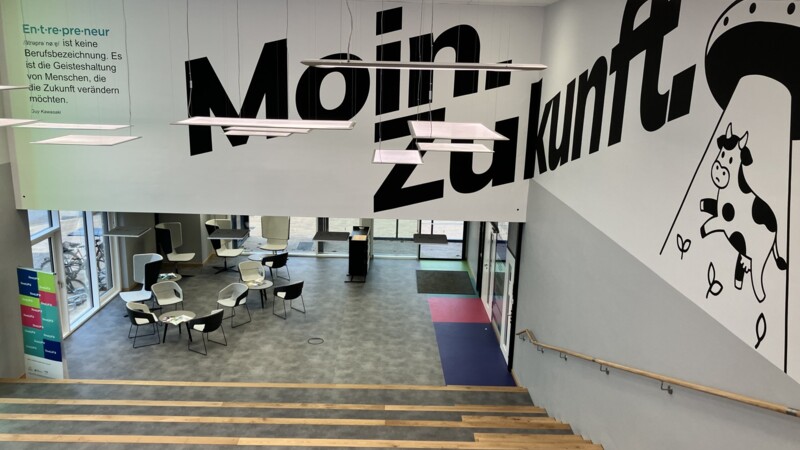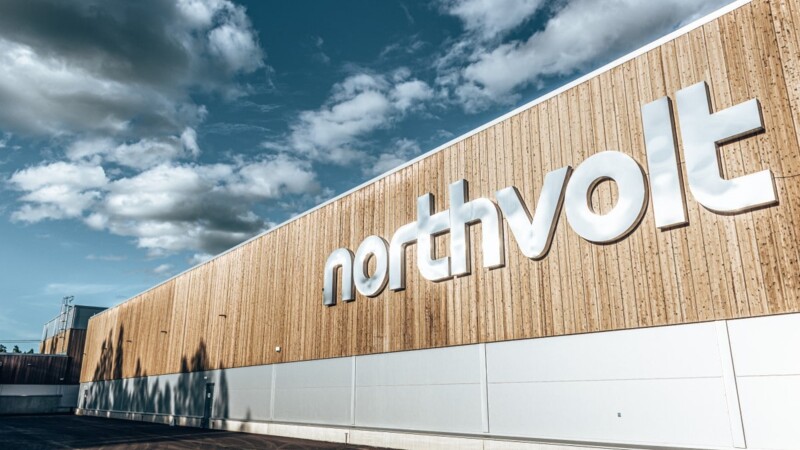The metropolitan region is facing new challenges such as changing commuting patterns, residential and office space requirements coupled with those of climate change, the energy transition, as well as industrial and commercial areas and open spaces. "By co-ordinating spatial development for the region, we can identify development opportunities early and develop perspectives and joint goals to move into the future in an attractive and resilient way," said Claudia Kalisch, Mayor of Lüneburg. The spatial model focuses on infrastructure projects, land use and cooperation that take equal account of ecological, social and economic aspects.
A spatial model of the Hamburg Metropolitan Region gave the public in Lüneburg Thursday (December 7, 2023) glimpses of life in 2045. Emphasis is on how and where people live, work and relax and how trade and industry develop. The blueprint has resulted from talks between 200 experts from Hamburg, Lower Saxony, Schleswig-Holstein and Mecklenburg-Western Pomerania.
Developing joint goals
Vote on draft next May
Hopes are now high that a shared network of green spaces, living with water and protecting the soil through site-adapted agricultural use can emerge in the Hamburg Metropolitan Region. The focus is on new public transport services that connect peripheral areas and with the city centres. Regional areas should grow closer together, farming land revived, new tourism potential exploited and the advantages of rural life seized in line with a balanced, dynamic development. The strategy also foresees land-saving, climate-adapted settlement development. The spatial model will be presented to the regional council, the decision-making body of the Hamburg Metropolitan Region, for approval in May 2024.
mm/sb/pb
Sources and further information
More
Similar articles

Hamburg Metropolitan Region to get two centres of innovation

DeveLUP becomes latest start-up centre in Hamburg Metropolitan Region

